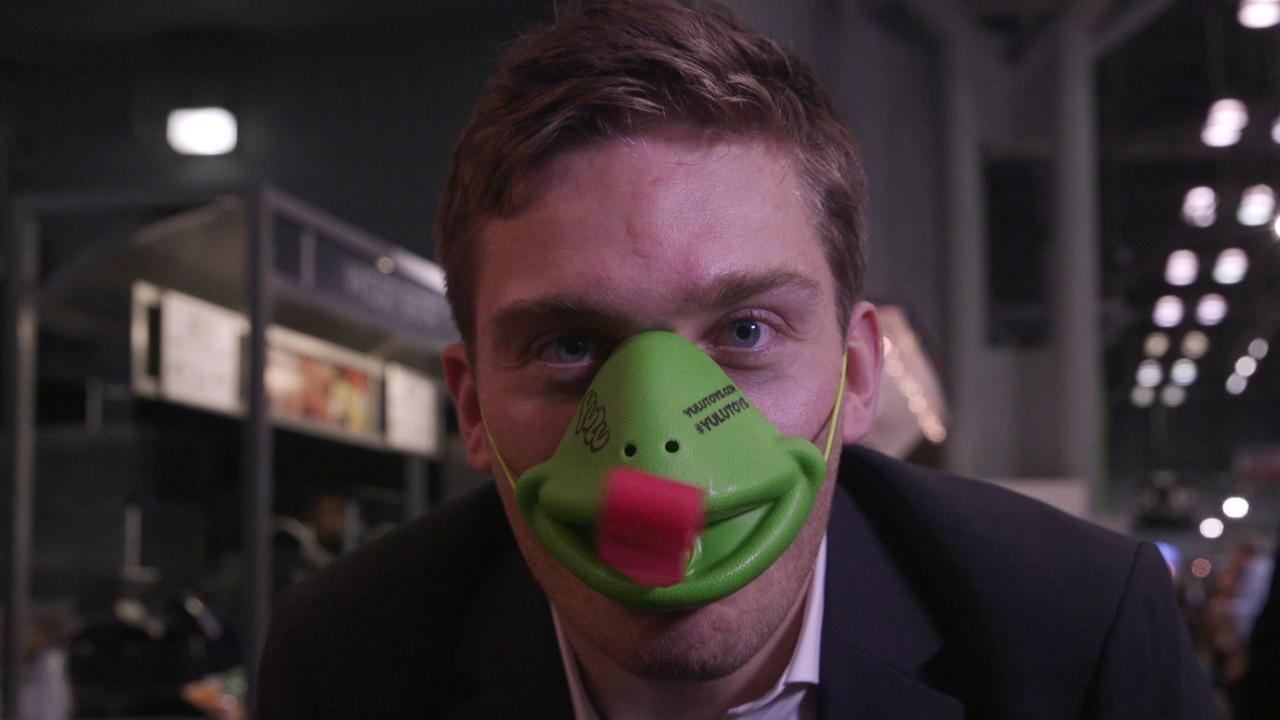US toy industry looks to rebound after challenging year
U.S. toymakers are facing a tough retail landscape in 2018 as major brands and small startups unveil their latest products and gadgets at the North American International Toy Fair in New York.
The Toy Fair, which began last Saturday and concludes on Tuesday, serves as a testing ground for new toy trends, like last year’s fidget spinners and Spin Master’s Hatchimals. For companies like Hasbro, Mattel and Lego, the toy fair is a chance to show off the products it expects to drive sales throughout the year.
This year, companies are aiming to churn out the next must-have gadget amid an industrywide sales slowdown and a retail landscape that grows more competitive by the week. Total revenue in the U.S. toy industry grew just 1% to $20.7 billion last year, down from 5% growth in 2017 and 7% growth in 2016, according to data from NPD Group. At the same time, industry mainstay Toys R Us, a key retail partner for many toy brands, filed for Chapter 11 bankruptcy protection.
“I think going into 2018, people are a little concerned about the toy industry. The issue with Toys R Us and the bankruptcy means the retail environment is really changing so we don't really know what is going to be had,” Chris Byrne, an industry expert and content director at Toys, Tots, Pets & More, told FOX Business.
Tough competition from e-commerce giant Amazon and generalist retailers like Walmart and Amazon exerted major pressure on Toys R Us, which announced store closures and layoffs amid sagging sales. That pressure has also impacted Hasbro and Mattel, which control roughly one-third of the U.S. market for traditional toys and rely heavily on Toys R Us to sell their products.
Meanwhile, branded toys tied to “Star Wars” and other top franchises are not as bankable as they once were, while stiff competition among manufacturers has made it harder for retailers to sell high-priced items as a means of driving revenue. In addition, traditional toymakers now have to compete with electronic gadgets and digital apps for kids’ attention – and their parents’ cash.
“The impact has been two-fold. First, the extra competition has meant that the price of toys – many of which are branded and therefore easily comparable between stores – has risen little over the past five or so years, exerting significant pressure on margins,” GlobalData Retail analyst Neil Saunders said last September. “Second, specialists have gradually seen their share of the toy market eroded.”
Hasbro revenue fell 2% in its most recent fiscal quarter due in part to slowing “Star Wars” product sales, though the brand still topped rival Mattel, which suspended quarterly dividends last October after its sales were much worse than expected.
Still, some elements of the toy industry remain strong. Sales in the collectibles category rose 14% globally to $3.8 billion last year, driven by the popularity of items like Hatchimals and some Lego offerings. Lower-priced gadgets like fidget spinners also saw a sales surge.
Social media has also emerged as a key growth driver for toy companies, according to NPD Group’s 2017 industry report, forcing toy brands to move quickly on to capitalize on rapid trends. Smaller toymakers are focusing on speed to beat larger manufacturers to market, the Wall Street Journal reported.
“At Toy Fair, I’m seeing lots of price points under $50 for holiday drivers and, in the game and collectible category, under $25 -- numbers consumers will love,” said Laurie Schact, CEO of the Toy Insider. “There are an abundance of companies who are doing a great job.”
